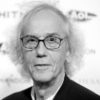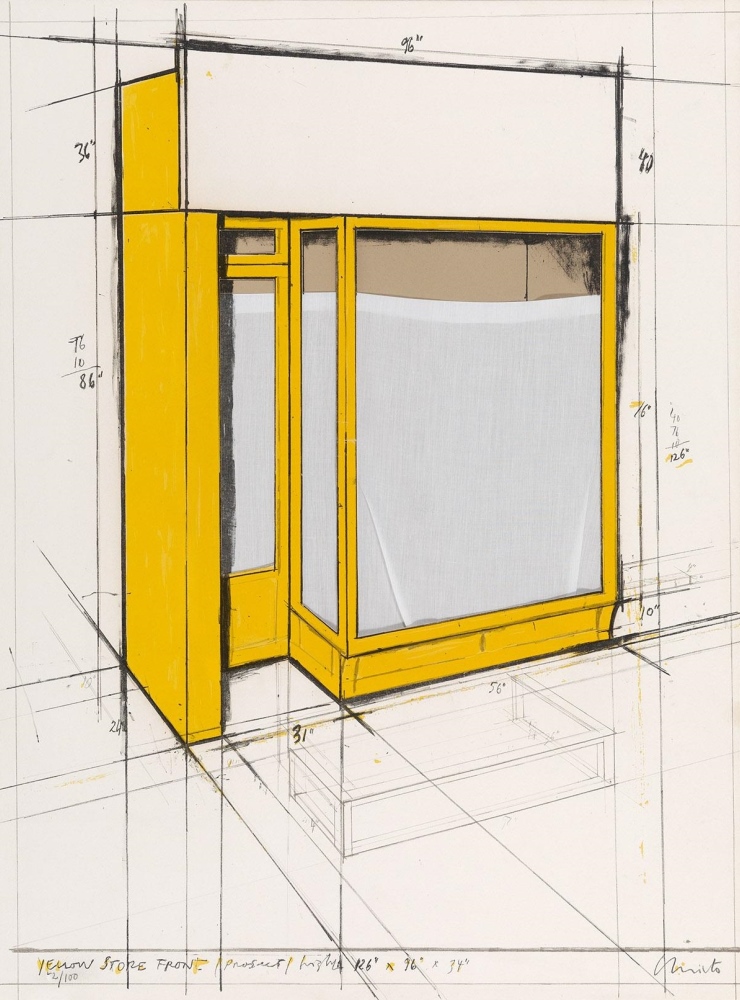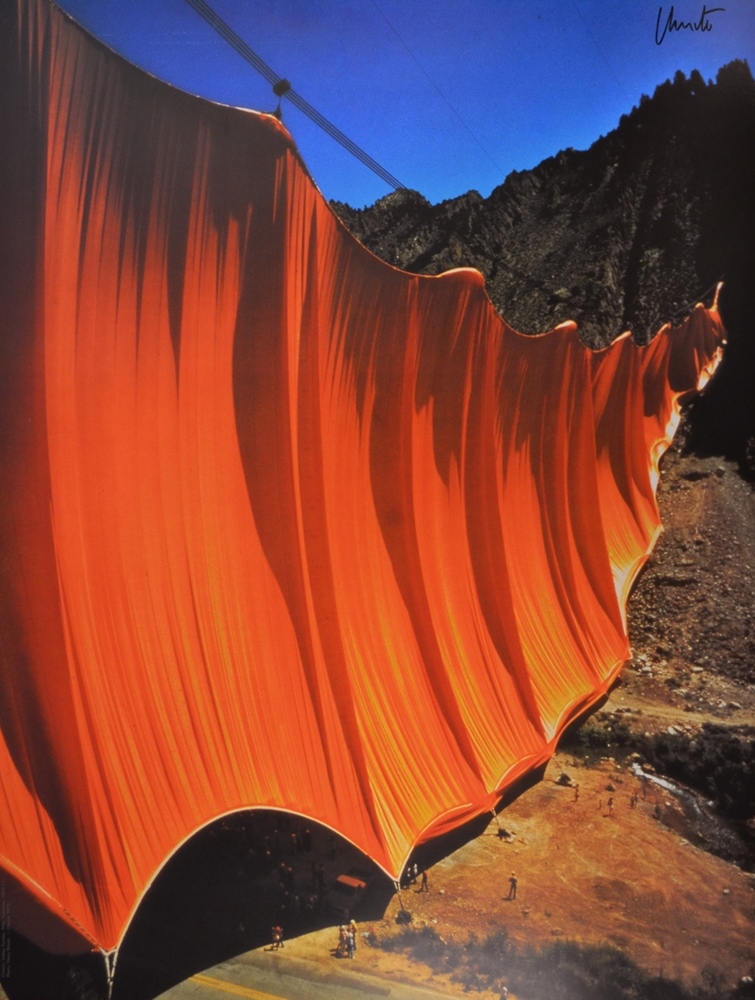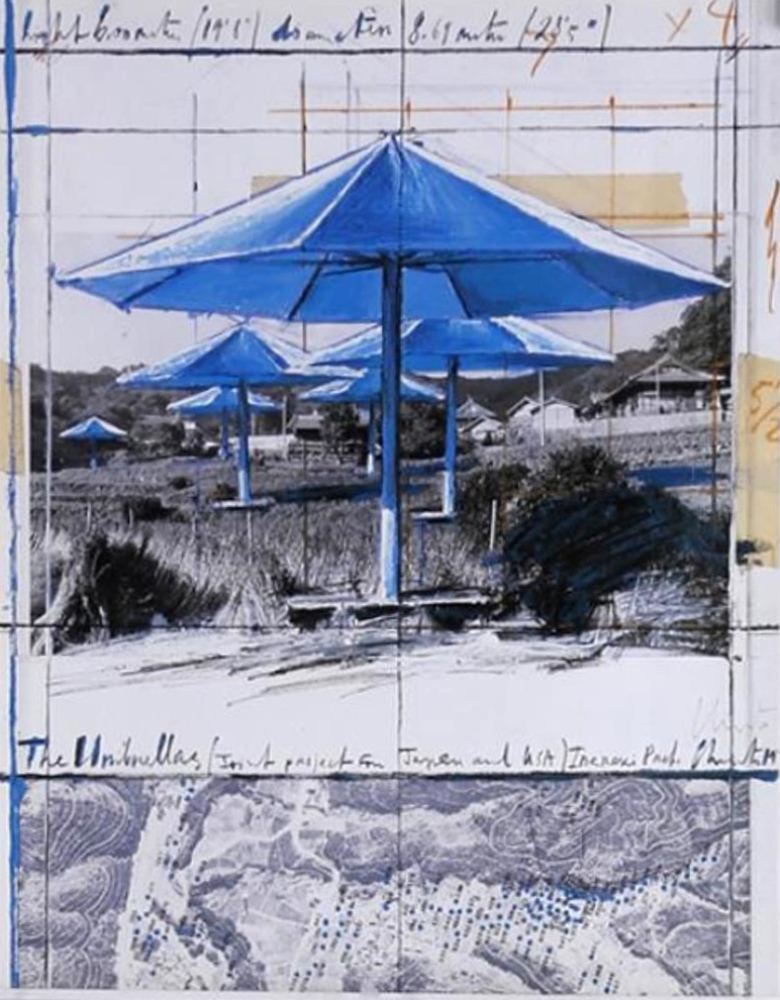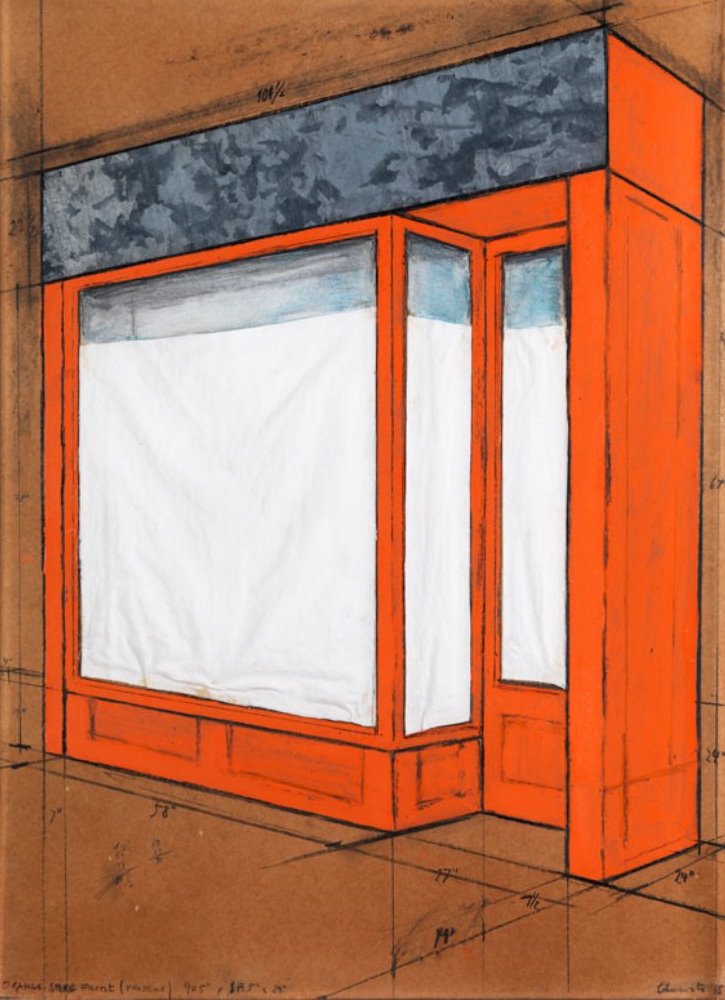Christo was born in Gabrovo, Bulgaria. His father, Vladimir Javacheff, was a businessman and ran a fabric factory, and his mother, Tsveta Dimitrova, was the secretary at the Academy of Fine Arts in Sofia. Professors from the Academy who visited his family observed Christo’s artistic talent while he was still of a very young age.
Christo studied art at the Sofia Academy from 1953 to 1956 and went to Prague, Czechoslovakia (now Czech Republic), until 1957, when he left for the West by bribing a railway official and stowing away with several other individuals on board a train transporting medicine and medical supplies to Austria.
Christo quickly settled in Vienna and enrolled at the Vienna Academy of Fine Arts. After only one semester there, he traveled to Geneva and moved to Paris in 1958. As a result of his flight, he lost his Bulgarian citizenship and became a stateless person. His life in Paris was characterized by financial hardship and social isolation, which was worsened by his difficulty learning the French language. He earned money by painting portraits, which he likened to prostitution and signed with his family name “Javachef” while his early works were signed “Christo”.
Christo and Jeanne-Claude met in October 1958, when he was commissioned to paint a portrait of her mother, Précilda de Guillebon. Initially, Christo was attracted to Jeanne-Claude’s half-sister, Joyce. Jeanne-Claude was engaged to Philippe Planchon. Shortly before her wedding, Jeanne-Claude became pregnant by Christo. Although she married Planchon, Jeanne-Claude left him immediately after their honeymoon. Christo and Jeanne-Claude’s son, Cyril, was born 11 May 1960. Jeanne-Claude’s parents were displeased with the relationship, particularly because of Christo’s refugee status, and temporarily estranged themselves from their daughter.
In 1961, Christo and Jeanne-Claude covered barrels at the port of Cologne, their first collaboration.
In 1962, the couple tackled their first monumental project, Rideau de Fer (Iron Curtain). Without consent of authorities and as a statement against the Berlin Wall, they blocked off Rue Visconti, a small street near the River Seine, with oil barrels. Jeanne-Claude stalled approaching police, persuading them to allow the piece to stand for a few hours. Although he was simultaneously holding his first exhibition at a gallery, it was the Visconti project that made Christo and Jeanne-Claude known in Paris.
In February 1964, Christo and Jeanne-Claude arrived in New York City. After a brief return to Europe, they settled in the United States in September of that year. Although poor and lacking fluency in the English language, Christo displayed his work in several galleries, including the well-known Castelli Gallery in New York and Gallery Schmela in Düsseldorf, Germany. Christo began to create storefronts, which he built to scale. Sale of the storefronts helped finance larger projects.
Source: Wikipedia
#biography
